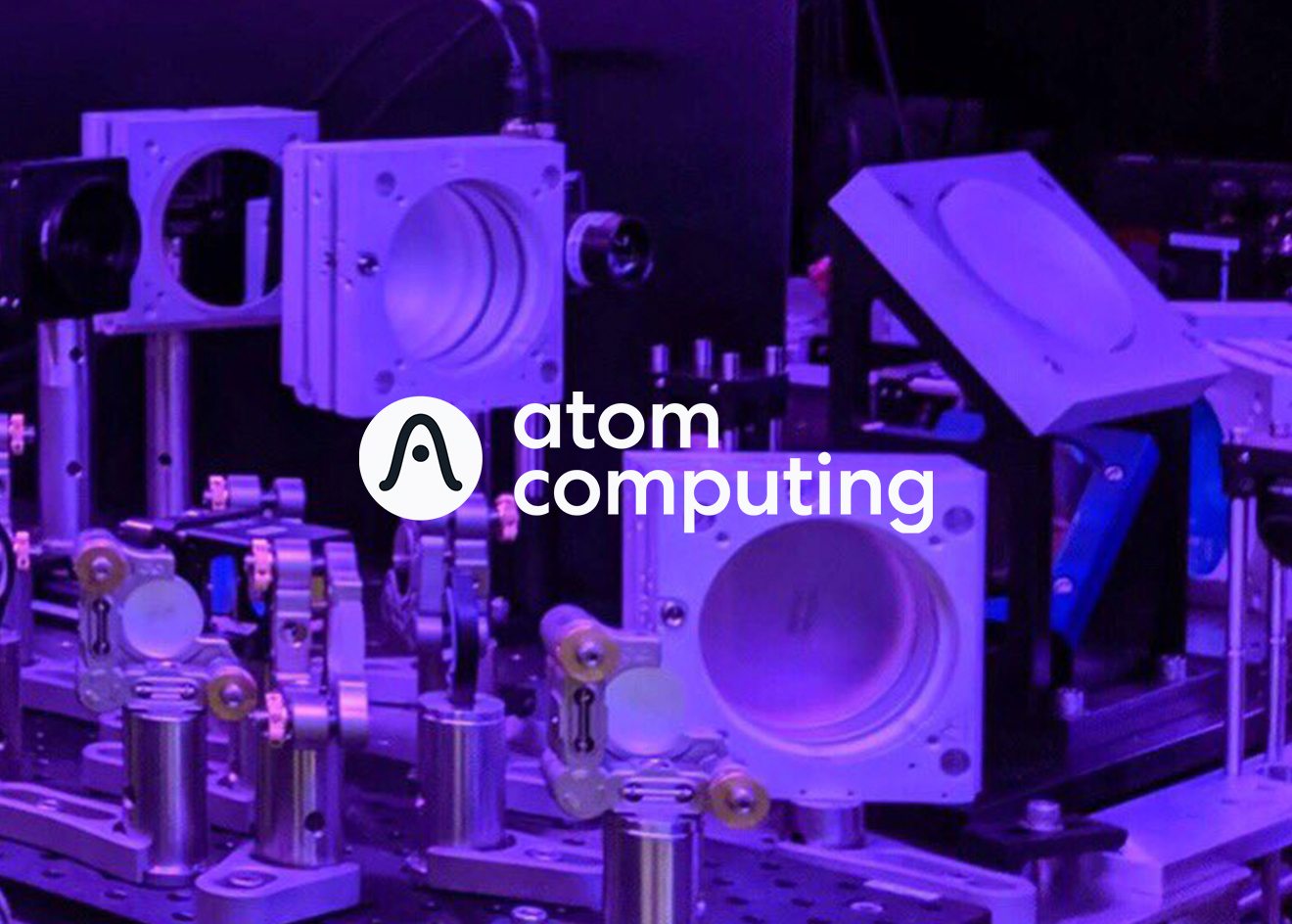 EMERGING TECH
EMERGING TECH
 EMERGING TECH
EMERGING TECH
 EMERGING TECH
EMERGING TECH
Quantum computing startup Atom Computing Inc. said today it has secured a new $15 million funding round to help it push forward with what it believes is the most pragmatic approach to scaling quantum machines.
Along with the Series A round, led by Venrock, Innovation Ventures and Prelude Ventures, the company has also hired a new chief executive to lead that push forward. Rob Hays most recently served as vice president and chief strategy officer for Lenovo Group Ltd.’s Infrastructure Solutions Group.
Atom says it’s building “truly scalable quantum computers out of individual atoms.” It says it’s the first company in the world to have created what it calls “nuclear-spin qubits” out of an alkaline earth element. Today it announced its first-generation, 100-atom system called Phoenix that’s said to demonstrate “astonishing stability” compared with other types of quantum machines.
If true, that would be a big step forward because stability is one of the biggest obstacles that must be overcome to build a working quantum computer that’s capable of performing complex calculations too difficult for even the most sophisticated classical machines.
The power of quantum computers comes from their reliance on qubits. Whereas traditional computers use “bits” that have a value of a zero or a one, qubits can be a zero, one or both at the same time, opening the door for multiple calculations to be performed simultaneously.
The potential is enormous, but scientists have struggled to build working machines that have enough qubits to achieve supremacy over conventional types of computers. The thing is that qubits are incredibly unstable and need to be stored within extreme environments to work properly.
Companies are pursuing different approaches to try and overcome this problem. The likes of Google LLC, IBM Corp. and Rigetti Computing Inc. have all built computers that operate at extremely low temperatures, where the qubits become more stable. Others, such as Honeywell International Inc. and IonQ Inc., are trying to use trapped ions, or charged particles suspended in a vacuum, to form their qubits.
Atom says its method of using neutral atoms as the basis of its qubits has big advantages. Hays told SiliconANGLE it’s actually quite similar to the trapped-ion approach employed by Honeywell and IonQ and involves using lasers to manipulate each qubit.
“Atom Computing is taking the main benefits of utilizing a naturally occurring quantum system, like ions, and adding in the ability to scale,” he said. “Neutral atom systems work by trapping the atom in a spot of light, without wires or radio frequency. What this means is we can get the atoms really close together, just three microns apart. To add another qubit to the system you just add another spot of light.”
Hays said Atom’s Phoenix system, which is powered by “100-plus qubits,” has already demonstrated coherence times that are orders of magnitude greater than anything anyone else has reported. Hays wouldn’t elaborate on that claim, saying only that the company plans to share more details in future. What he did say is that this stability stems partly from the fact that neutral-atom systems based on optical qubits have already been existence for more than a decade in devices such as atomic clocks.
“[Optical qubits] have demonstrated something that has never been shown before, which is the ability to trap atoms without trap-induced decoherence,” Hays said. “For the first time, with individual atoms, we’ve created a quantum computing system that has no decoherence, the purely nuclear-spin qubit. We are seeing some very promising results.”
Atom’s ultimate goal is to build a working quantum computer that can achieve true quantum advantage, which is when such a machine will be able to outperform a traditional computer. Google has previously said it hopes to have such a quantum computer up and running by 2029.
Hays declined to forecast exactly when his company might achieve that goal or if it could possibly do it before Google. Atom will take things step by step, building increasingly scalable quantum systems with each new generation, the CEO said.
“This year we will continue to recruit world-class talent and improve our first-generation system Phoenix, while we begin building our second-generation systems,” Hays said. “We will also start allowing pilot customers and partners to run their algorithms on Phoenix to gain feedback and improve system performance. Ultimately, we want to build truly useful quantum computers with millions of qubits to support a broad range of customers and applications.”
Constellation Research Inc. analyst Holger Mueller told SiliconANGLE that Atom is onto something if its approach to quantum computing can attract $15 million in funding.
“It must certainly work well and getting a solid industry veteran like Hays will help take it to the next level,” he said. “The quantum race is accelerating but it’s still wide open so it’s good to see more competition and more novel ideas.”
Support our mission to keep content open and free by engaging with theCUBE community. Join theCUBE’s Alumni Trust Network, where technology leaders connect, share intelligence and create opportunities.
Founded by tech visionaries John Furrier and Dave Vellante, SiliconANGLE Media has built a dynamic ecosystem of industry-leading digital media brands that reach 15+ million elite tech professionals. Our new proprietary theCUBE AI Video Cloud is breaking ground in audience interaction, leveraging theCUBEai.com neural network to help technology companies make data-driven decisions and stay at the forefront of industry conversations.